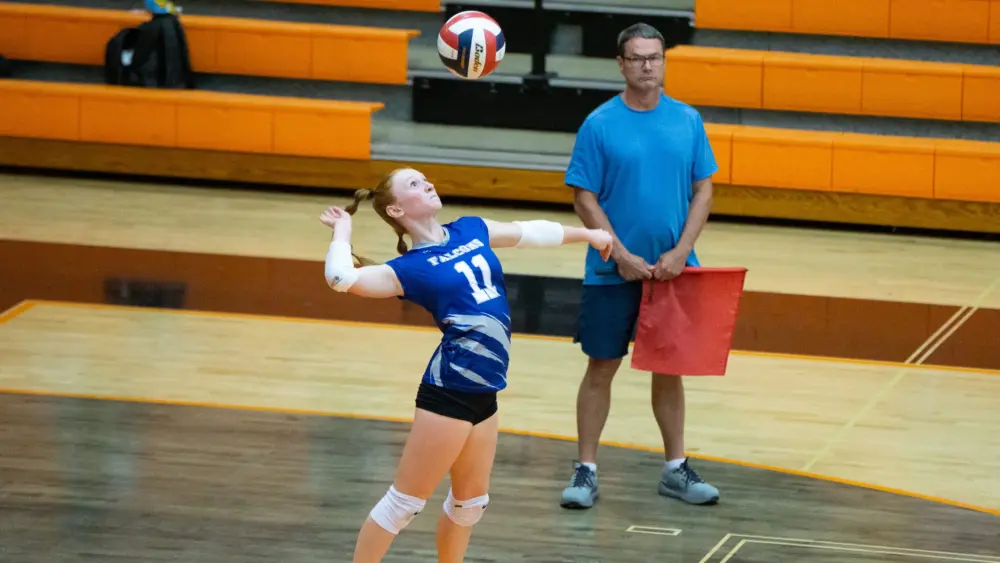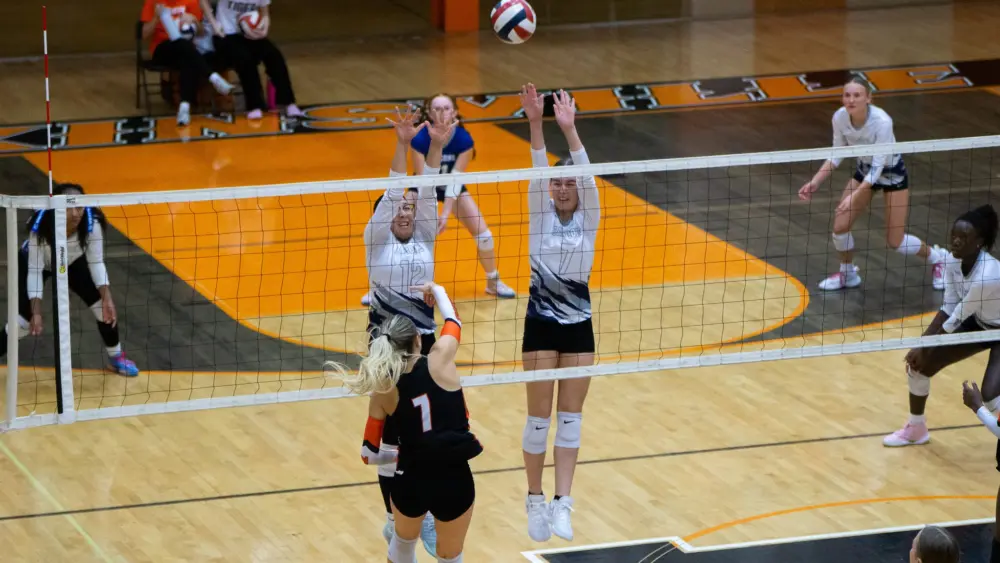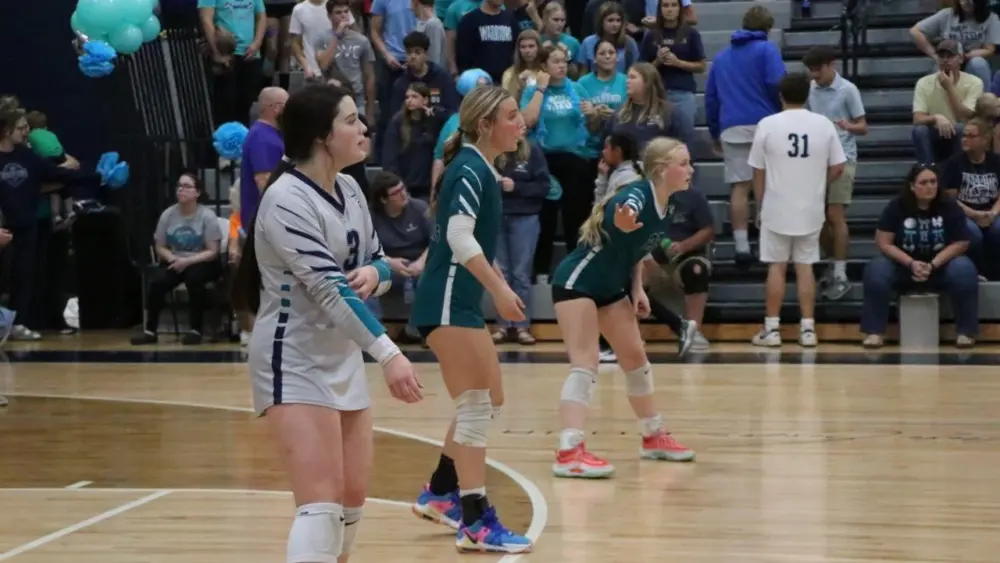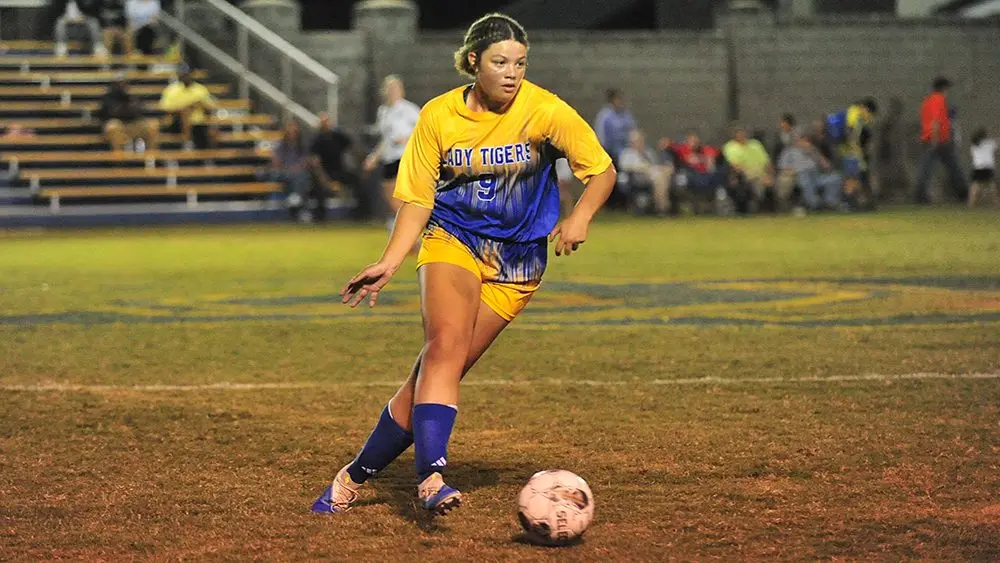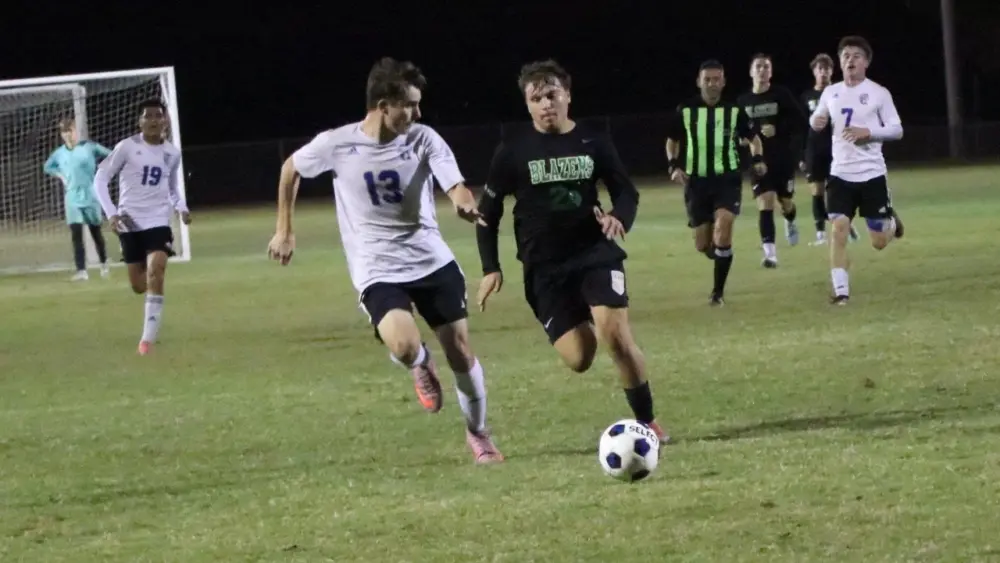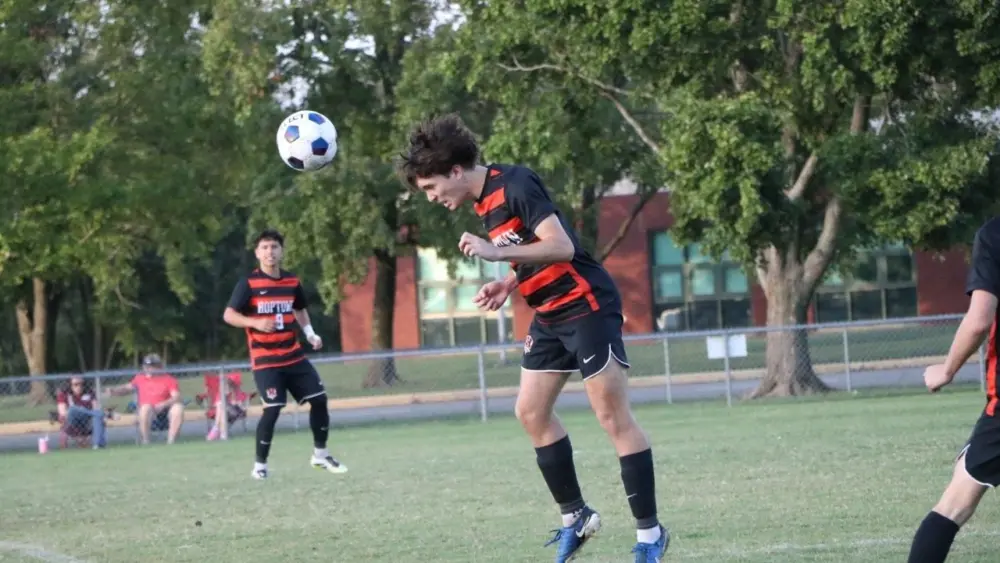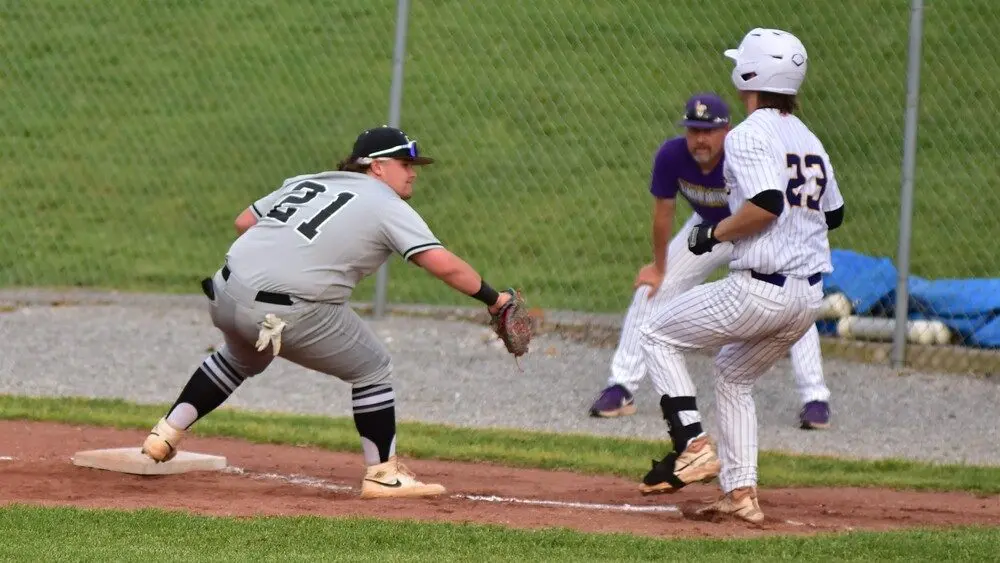
Starting with the 2027 season, a double first base will be required in high school baseball games to minimize the risk of collisions by runners and fielders.
This was one of 10 rule revisions approved by the NFHS Board of Directors last month.
A double first base has been used in high school softball for years, and most youth leagues have adopted the change as well. The double first base must be white and a contrasting solid color, such as orange. The white portion of the base is located in fair territory, while the colored half is located in foul territory, split by the first base foul line. There is to be no space between the two portions of the double base.
“Adding the double first base is symbolic of the evolution of the sport. It will immediately address running lane violations, and it will further protect the players from the violent collisions that have occurred at first base,” said Elliot Hopkins, NFHS director of sports and liaison to the Baseball Rules Committee.
The addition of the double base brought about other subsequent rule clarifications. One of those says the batter-runner should use the colored base on an initial play at first base unless a fielder is drawn into foul territory to receive a dropped third strike, in which case, the batter-runner would use the white portion of the base. Once the batter-runner reaches first base, the batter-runner must always return to the white base, including when leading off, returning on a pick-off attempt, or tagging up on a fly ball.
A batter-runner may use either side of first base on a base-on-balls or on an extra-base hit to the outfield when there is no chance of a play being made at first base.
Interference is to be called on batter-runners if they only touch the white portion on a force play at first and collide with the fielder. Similarly, it is obstruction if a defensive player only touches the colored portion of the base and collides with the batter-runner.
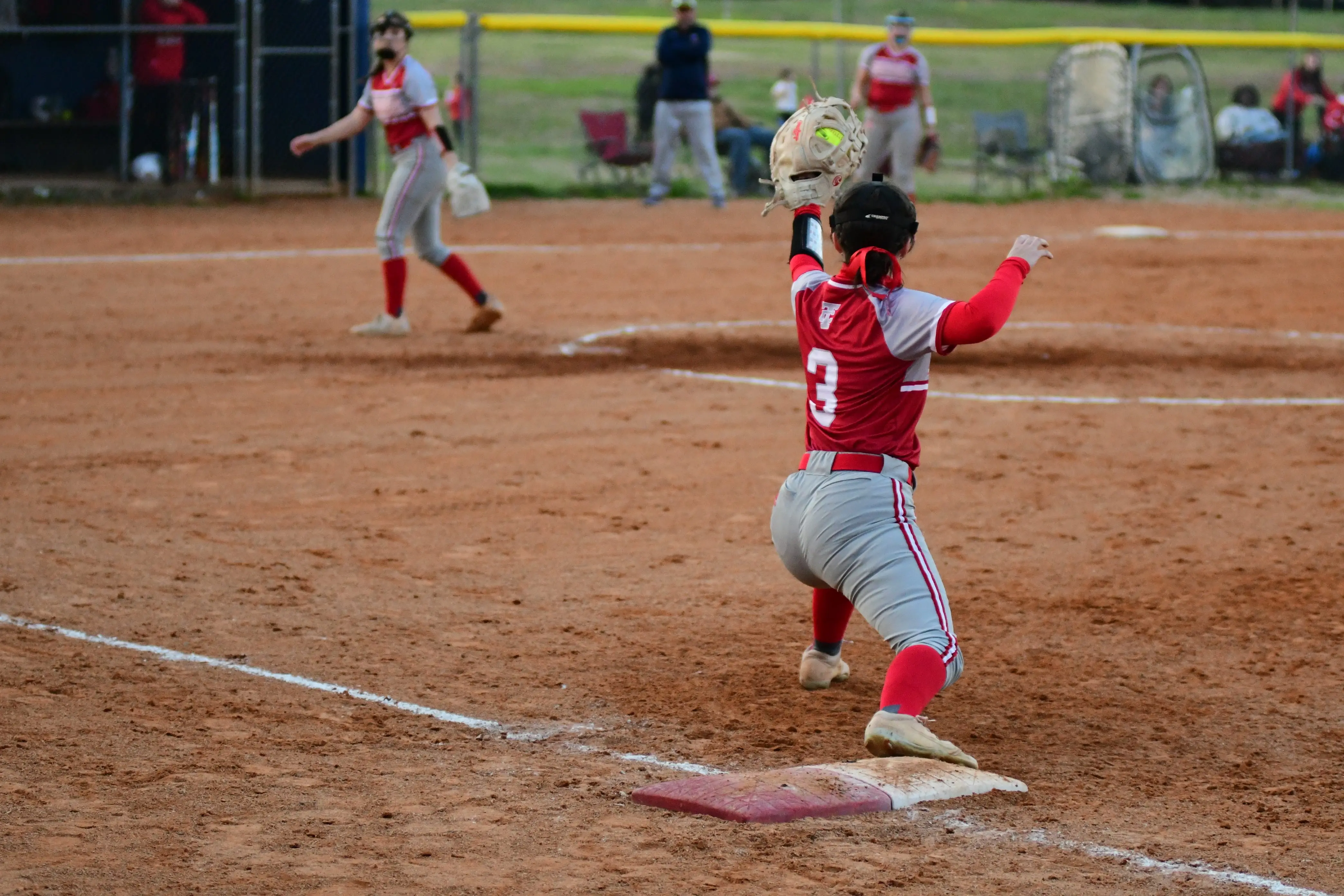
Also, it was added that it is a fair ball if a batted ball hits or bounds over any part of the white portion of the double first base. Alternately, it is a foul ball if a batted ball hits or bounds over any part of the colored portion of the base.
Another rule change addressed defensive player meetings as charged conferences. Each team, when on defense, shall be granted no more than one player-to-player meeting during an inning. Umpires shall deny any subsequent defensive team requests for that half-inning. The rule defines a player-to-player defensive meeting as having two or more defensive players.
“A player-to-player defensive meeting is a natural and essential part of the game—whether it’s strategy, encouragement, or clarification, but having multiple meetings in a half-inning adds additional time that lengthens a contest and is not in the best interest of the game,” Hopkins said. “A charged conference, however, involves direct coaching intervention with either a coach or a non-playing representative and is intended to provide instruction.”
The distinction ensures we honor both the flow of the game and the role of coaching.”
Another rule change makes it illegal for any player to wear any audio (microphone) or video (camera) device during the game.

